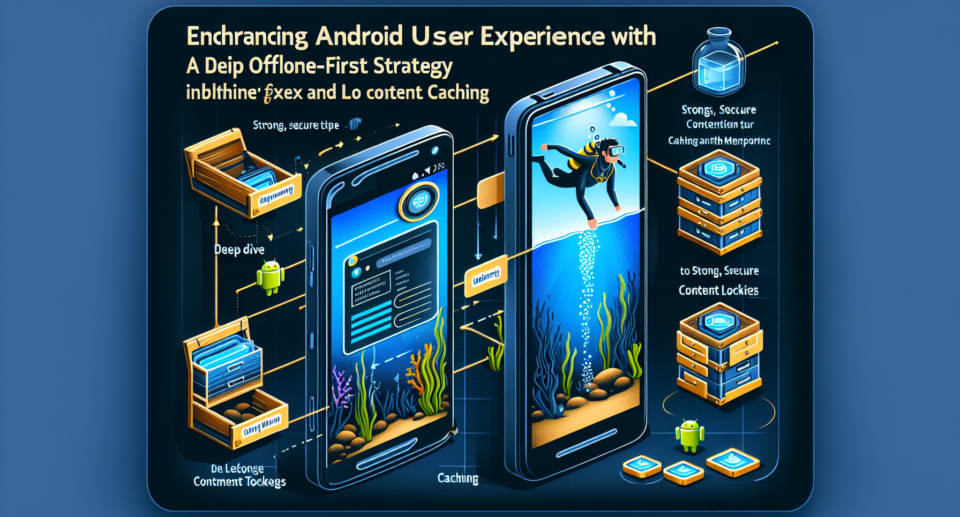Enhancing Android User Experience with WebViewGold: A Deep Dive into Offline-First Strategy and Local Content Caching

As we plunge deeper into the mobile-first era, the importance of a seamless user experience cannot be overstated. For Android users, one aspect that can significantly elevate the UX is the offline accessibility of apps. With an unpredictable network and varying connectivity standards around the globe, ensuring that users can access content without interruption is paramount for user retention and satisfaction.
WebViewGold, a noted tool in the mobile app development arsenal, shines brightly when it comes to converting websites into fully functional Android apps. It offers a straightforward solution with its offline-first strategy, which prioritizes content availability even when internet connection falters or becomes unavailable.
Offline-First Strategy: Ensuring Constant Access
The offline-first approach is simple yet powerful: by designing the app to function offline from the outset, developers ensure that essential features are accessible at all times. This design philosophy keeps the user engaged, reducing frustration and potential app abandonment due to lack of access to critical content.
WebViewGold takes the complexity out of implementing an offline-first strategy. By enabling local content caching, WebViewGold ensures that once content is loaded during an online session, it remains available for future offline use. This means that even in areas with spotty or non-existent internet coverage, the user experience remains uninterrupted and consistent.
The Role of Local Content Caching
Local content caching is the technical cornerstone of any offline-first strategy. It involves storing web content such as
